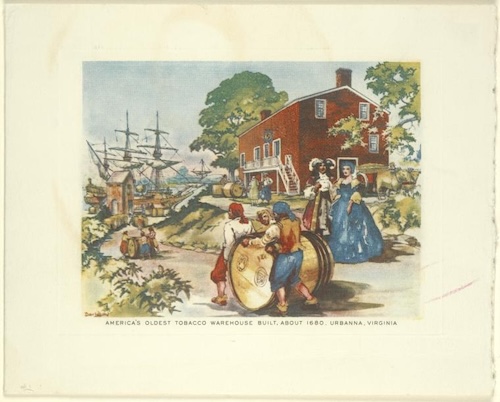When Virginia struggled to attract workers to grow its new cash crop, tobacco, colonial leaders came up with a bold idea: give land to anyone who paid for immigrants to come to the colonies. This idea, known as the headright system, changed life in the colonies in many ways and not always for the better.
What Was the Headright System?
Starting in 1618, the Virginia Company allowed investors to claim 50 acres of land for each person they paid to bring to the colony. These newcomers were usually indentured servants, workers who agreed to work without pay for several years in exchange for the cost of their journey. In return, the investors who brought them over received land and labor at the same time.
More People, More Land
The headright system helped grow the population of the colonies. Between 1620 and 1670, tens of thousands of people, many of them poor, migrated to Virginia and other southern colonies. Wealthy colonists who could afford to sponsor more immigrants quickly gained huge amounts of land. This helped create a new group of elite landowners who had the most power and resources.
A Changing Workforce
At first, the system encouraged the use of indentured servants. But over time, many colonists began to prefer enslaved Africans instead. Enslaved people were forced to work for life, and their children could be enslaved too. Some landowners used the headright system to bring over enslaved Africans and claim even more land. In 1638, one planter received 3,000 acres after importing 60 enslaved people.

Land and Power
As land was given to powerful sponsors, fewer opportunities remained for small farmers. While some former indentured servants received land when their contracts ended, it was often on the far edge of the colony, near Native American territory. These areas were harder to farm and more dangerous, especially as tensions with Native nations increased.
Conflict and Control
The push for land caused more than just tension with Native peoples, it also increased inequality between rich landowners and poor workers. In 1676, poor farmers, many of them former servants, rebelled in Bacon’s Rebellion because they felt the government wasn’t protecting them. This uprising showed how the headright system had helped create deep divides in colonial society.
Long-Term Effects
The headright system officially ended in 1699, but by then, it had already reshaped colonial life. It increased immigration and helped colonies grow. But it also expanded slavery, created wealth gaps, and pushed Native peoples off their land. Understanding this system helps us see how early economic policies shaped the structure of American society for generations.
